Located in the center of the country and in the key economic region of the Central region, Hue has been identified by the Central Government as a class I urban area, a world cultural heritage city, a unique cultural and tourist center, and a festival city of Vietnam. Hue City is the last feudal capital of Vietnam, with a long history and cultural tradition with unique values and identities. The cultural heritage values here represent the attractive features of a cultural region, both specific and indigenous, both national and popular, and selectively absorbing the quintessence of Asian and European cultures.
The formation process of THUAN HOA - PHU XUAN land Ancient historical documents show that since the Hung King period, this land belonged to the Viet Thuong department, one of the fifteen departments of Van Lang country. Under the Northern domination of the Han Dynasty, it belonged to Nhat Nam, one of the three districts of Au Lac country. From the century. After the victory of Bach Dang by Ngo Quyen, the border of Dai Viet gradually expanded towards 192 AD, this land belonged to the Lam Ap country and then the Champa kingdom, which lasted nearly 12 years . In 1306, King Tran Anh Tong married Princess Huyen Tran to Che Man in exchange for two Chau O - Ri. The following year, King Tran changed the name to Chau Thuan, Chau Hoa and established a governing official position. Thanh Hoa Chau (located 9 km downstream of Hue on the Huong River) was the headquarters and political, economic, administrative and military center of Chau Hoa. After more than two centuries of expansion and reclamation, by the mid-16th century, Thuan Hoa road had become "a great metropolis of a region". In 1636, Lord Nguyen Phuc Lan moved the palace to Kim Long, which was the beginning of the urbanization process in the history of the formation and development of Hue city later. More than half a century later, in 1687, Lord Nguyen Phuc Thai moved the main palace to Thuy Loi village, renamed PHU XUAN, in the southwest position of the current Hue capital, continuing to build and develop Phu Xuan into a prosperous urban center of Dang Trong. Except for a short period (1712-1738) when the lord's palace moved to BAC VONG, when Vo Vuong ascended the throne, he moved the main palace to Phu Xuan but built it on the "left side of the old palace", which is the southeast corner of the current Hue capital. The grandeur of Phu Xuan Citadel under Lord Nguyen Phuc Khoat was described by Le Quy Don in the book Phu Bien Tap Luc in 1776. It was a prosperous urban area stretching along both banks of the Huong River Delta, from Kim Long - Duong Xuan to Bao Vinh - Thanh Ha. Next, Phu Xuan was the capital of the unified Dai Viet under the Tay Son Dynasty (1788-1801) and the capital of Vietnam for nearly 1.5 centuries under the Nguyen Dynasty (1802-1945). When was the place name HUE officially changed to PHU XUAN?
- In 1956, the Ngo Dinh Diem government reformed the administration, Hue became a city (later a town) equal to Thua Thien province, but the provincial capital of Thua Thien was still located in Hue.
- After 1975, Hue was a city, the provincial capital of Binh Tri Thien province (old) including 18 wards and 22 communes. In 1989, Thua Thien separated from Binh Tri Thien province, Hue was the provincial capital city of Thua Thien Hue.
Hue Monuments Complex
With a tangible and spiritual cultural heritage that represents the national soul and quintessence of the nation, Hue is a unique cultural phenomenon of Vietnam and the world. The Complex of Hue Monuments or the Complex of Hue Monuments are historical and cultural relics built by the Nguyen Dynasty from the early 19th century to the first half of the 20th century in the ancient capital of Hue; now located in Hue city and some neighboring areas of Thua Thien - Hue province, Vietnam, recognized by UNESCO as a World Cultural Heritage on December 11, 1993.
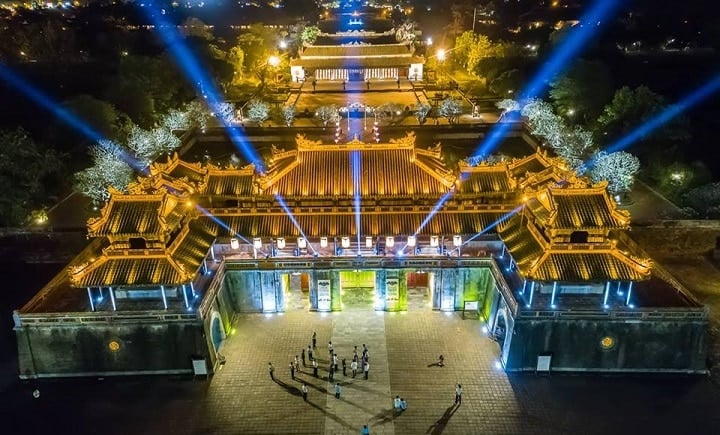
Hue Imperial City at night - Photo: Nong Thanh Toan
Hue city was built and developed during the renovation period.
From 1990 to 2010, Hue city divided its wards and communes many times.
On September 29, 1990, the Council of Ministers issued Decision No. 345/HDBT on adjusting the administrative boundaries of Thua Thien Hue province, according to which Hue city has 18 wards and 5 communes. On July 29, 1992, Hue was upgraded to a class 2 city. On November 22, 1995, the Government issued Decree 80/CP. Accordingly: Vinh Loi ward was divided into 2 wards, Phu Hoi and Phu Nhuan; Phu Hiep ward was divided into 2 wards, Phu Hiep and Phu Hau (Hue city includes 20 wards and 5 communes).
In September 2005, Hue continued to be upgraded to a class 1 urban area under Thua Thien Hue province. On March 27, 2007, the Government issued Decree 44/2007/ND-CP. Accordingly: Huong So commune was divided into 2 wards: An Hoa and Huong So; Thuy An commune was divided into 2 wards: An Dong and An Tay. On March 25, 2010, 3 communes: Huong Long, Thuy Xuan, Thuy Bieu were converted into 3 wards with corresponding names. By early 2021, Hue city had 27 wards: An Cuu, An Dong, An Hoa, An Tay, Huong Long, Huong So, Kim Long, Phu Binh, Phu Cat, Phu Hau, Phu Hiep, Phu Hoa, Phu Hoi, Phu Nhuan, Phu Thuan, Phuoc Vinh, Phuong Duc, Tay Loc, Thuan Hoa, Thuan Loc, Thuan Thanh, Thuy Bieu, Thuy Xuan, Truong An, Vinh Ninh, Vy Da, Xuan Phu.
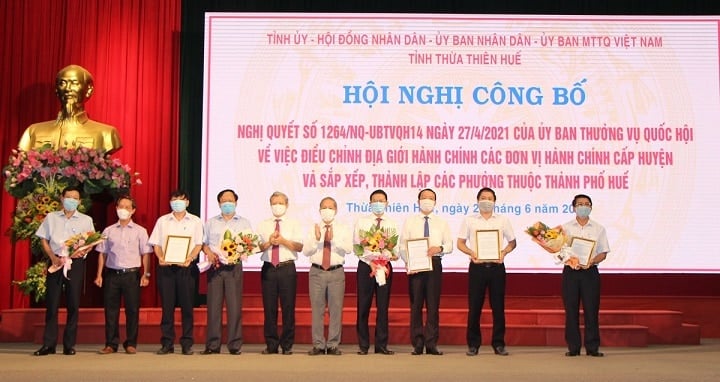
Provincial Party Secretary Le Truong Luu and Provincial People's Committee Chairman Phan Ngoc Tho presented Resolution 1264 of the National Assembly Standing Committee and presented congratulatory flowers to the units.
Hue City's expansion - a "milestone" in the history of formation and development, is a great opportunity for a strong "transformation"
On April 27, 2021, the Standing Committee of the National Assembly issued Resolution No. 1264/NQ-UBTVQH14 (Resolution effective from July 1, 2021) on adjusting the boundaries of district-level administrative units and arranging and establishing wards in Hue city. Accordingly: merging Phu Cat ward and Phu Hiep ward into Gia Hoi ward; merging Phu Binh ward into Thuan Loc ward; merging Phu Hoa ward and Thuan Thanh ward into Dong Ba ward; dissolving Phu Thuan ward, the area is merged into Tay Loc ward and Thuan Hoa ward; transferring 2 communes: Thuy Bang, Thuy Van of Huong Thuy town; 2 wards: Huong An, Huong Ho and 4 communes: Hai Duong, Huong Phong, Huong Tho, Huong Vinh of Huong Tra town; Thuan An town and 4 communes: Phu Duong, Phu Mau, Phu Thanh, Phu Thuong of Phu Vang district to Hue city for management; Convert Thuan An town and 3 communes: Huong Vinh, Phu Thuong, Thuy Van into 4 wards with corresponding names. Up to now, Hue city has 29 wards and 7 communes.

Hue City is developing rapidly and sustainably, commensurate with its position and potential.
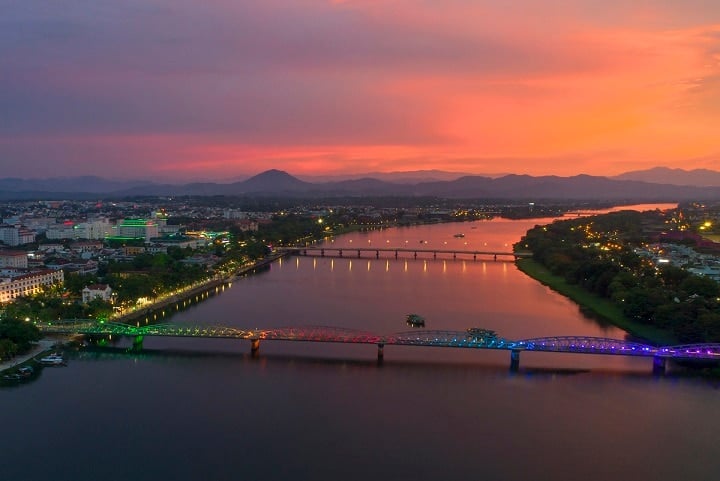
However, whether it is the Capital - Capital - Town or City, Hue is always an important CENTER in many aspects. Today, after Hanoi and Ho Chi Minh City, Hue is an important political center, cultural tourism, education and training, science and technology center of Vietnam. With its cultural and historical depth of formation and development, Hue city has established its own identity, which is "Hue identity" along with the material and spiritual cultural values of Hue, creating a deep appeal, attraction and persuasion for both domestic and international visitors. Today, Hue is a Heroic City, a City that owns 7 World Heritage Sites recognized by UNESCO. ASEAN Cultural City; ASEAN Environmentally Sustainable City, National Green City, ASEAN Clean Tourism City, Festival City, ... one of the national urban areas.


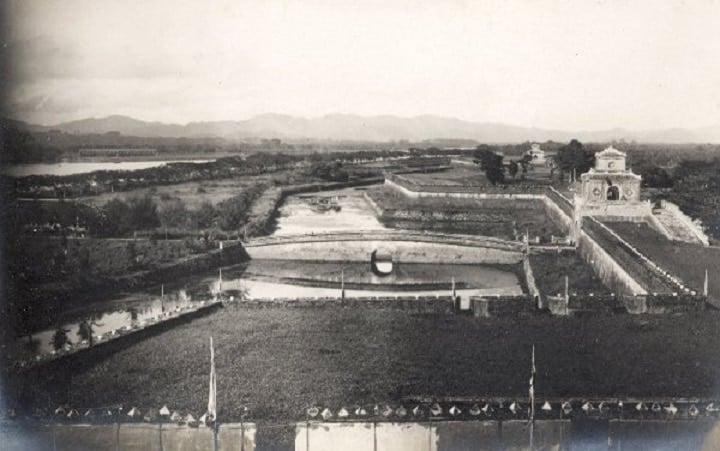
![[Photo] Prime Minister Pham Minh Chinh receives Country Director of the World Bank Regional Office for Vietnam, Laos, Cambodia](https://vphoto.vietnam.vn/thumb/1200x675/vietnam/resource/IMAGE/2025/5/15/2c7898852fa74a67a7d39e601e287d48)

![[Photo] National Assembly Chairman Tran Thanh Man meets with Thai Prime Minister Paetongtarn Shinawatra](https://vphoto.vietnam.vn/thumb/1200x675/vietnam/resource/IMAGE/2025/5/15/e71160b1572a457395f2816d84a18b45)
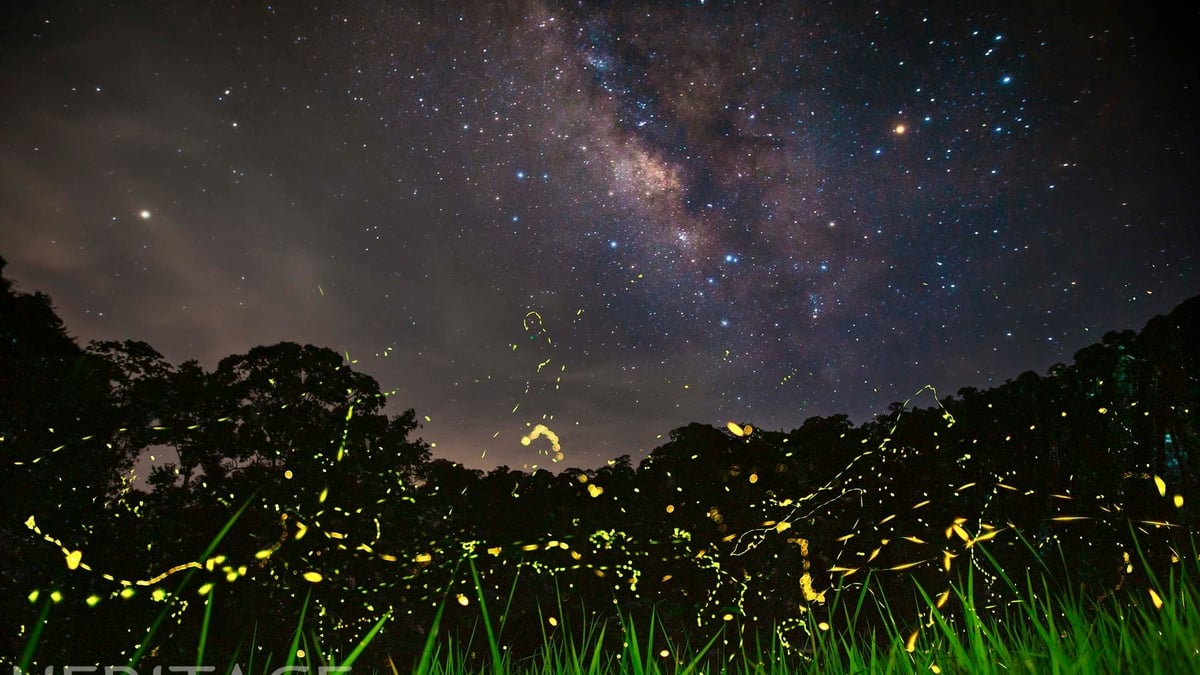


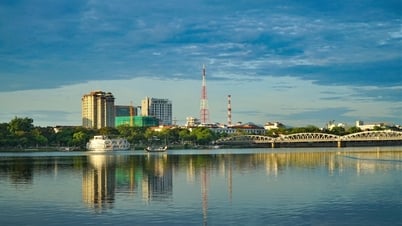
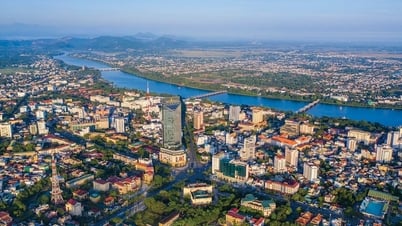
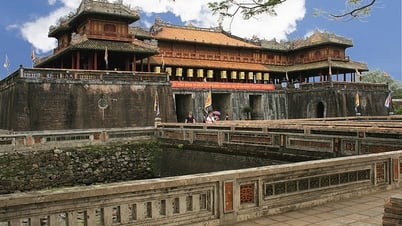





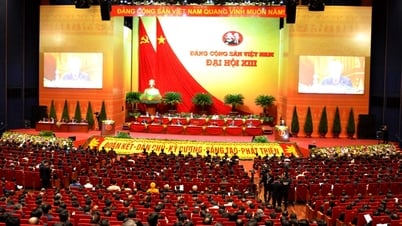




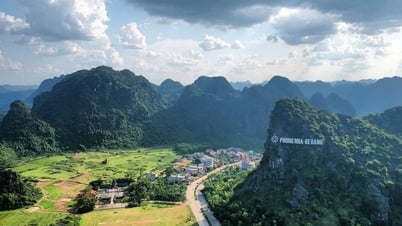

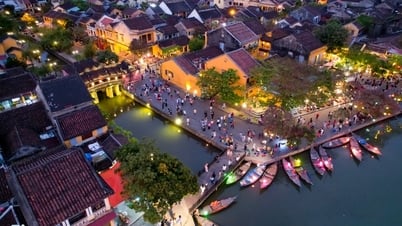

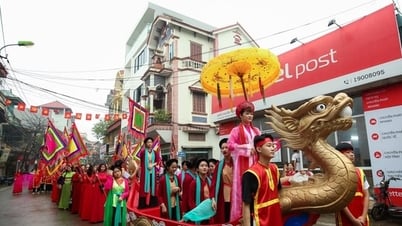



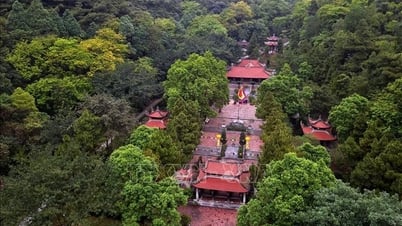



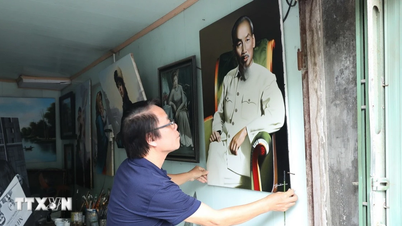

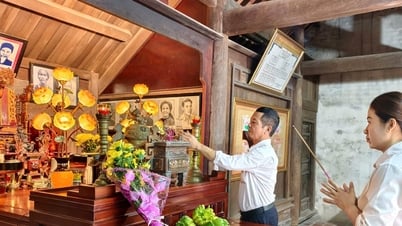





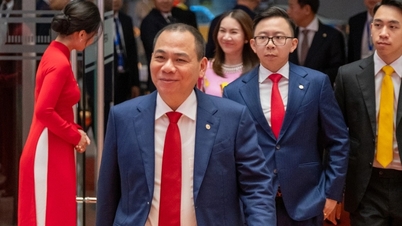



















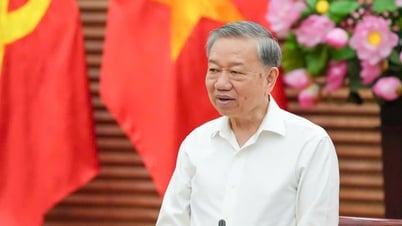


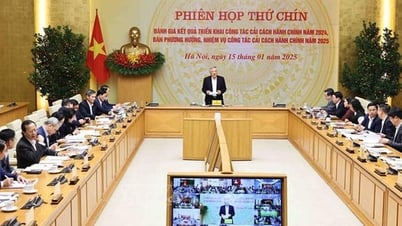

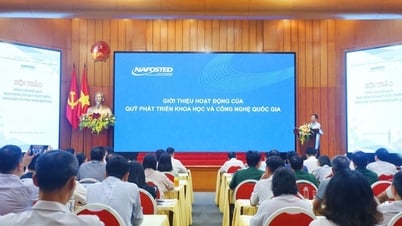


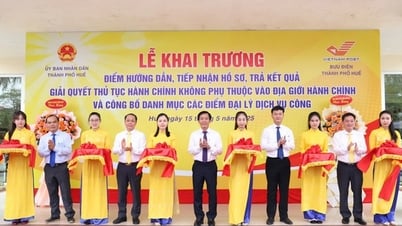







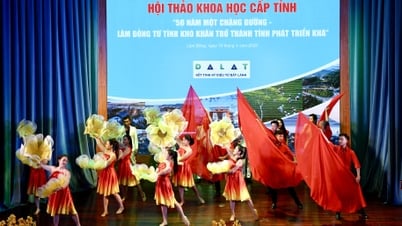
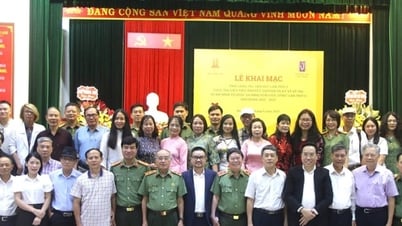
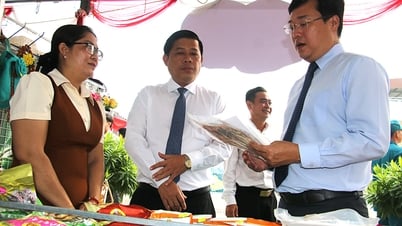
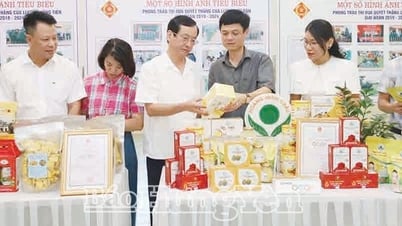



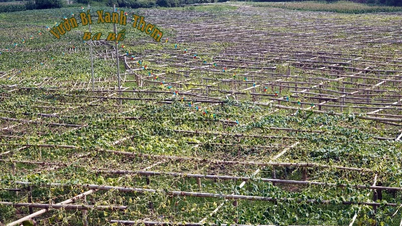




Comment (0)